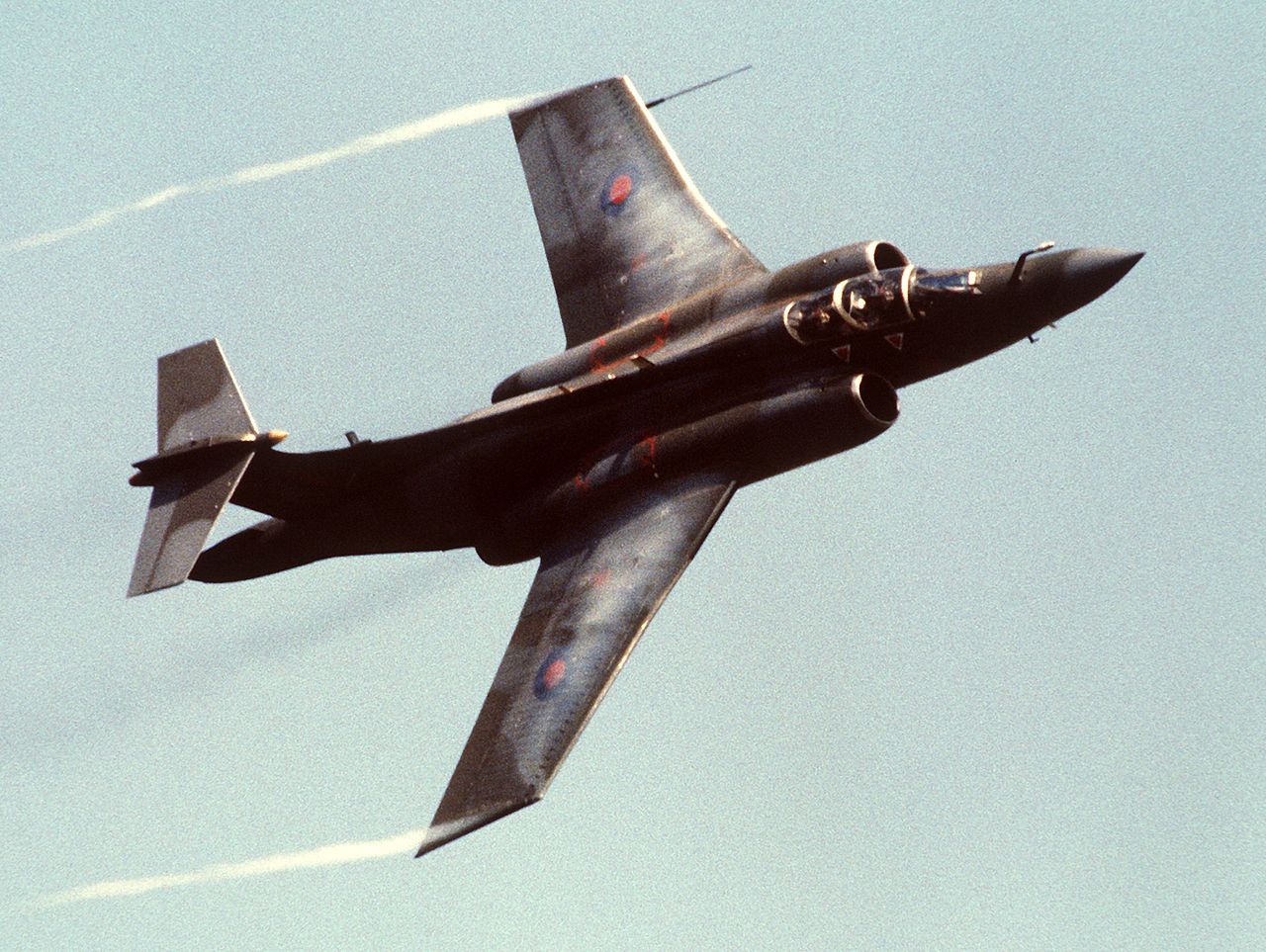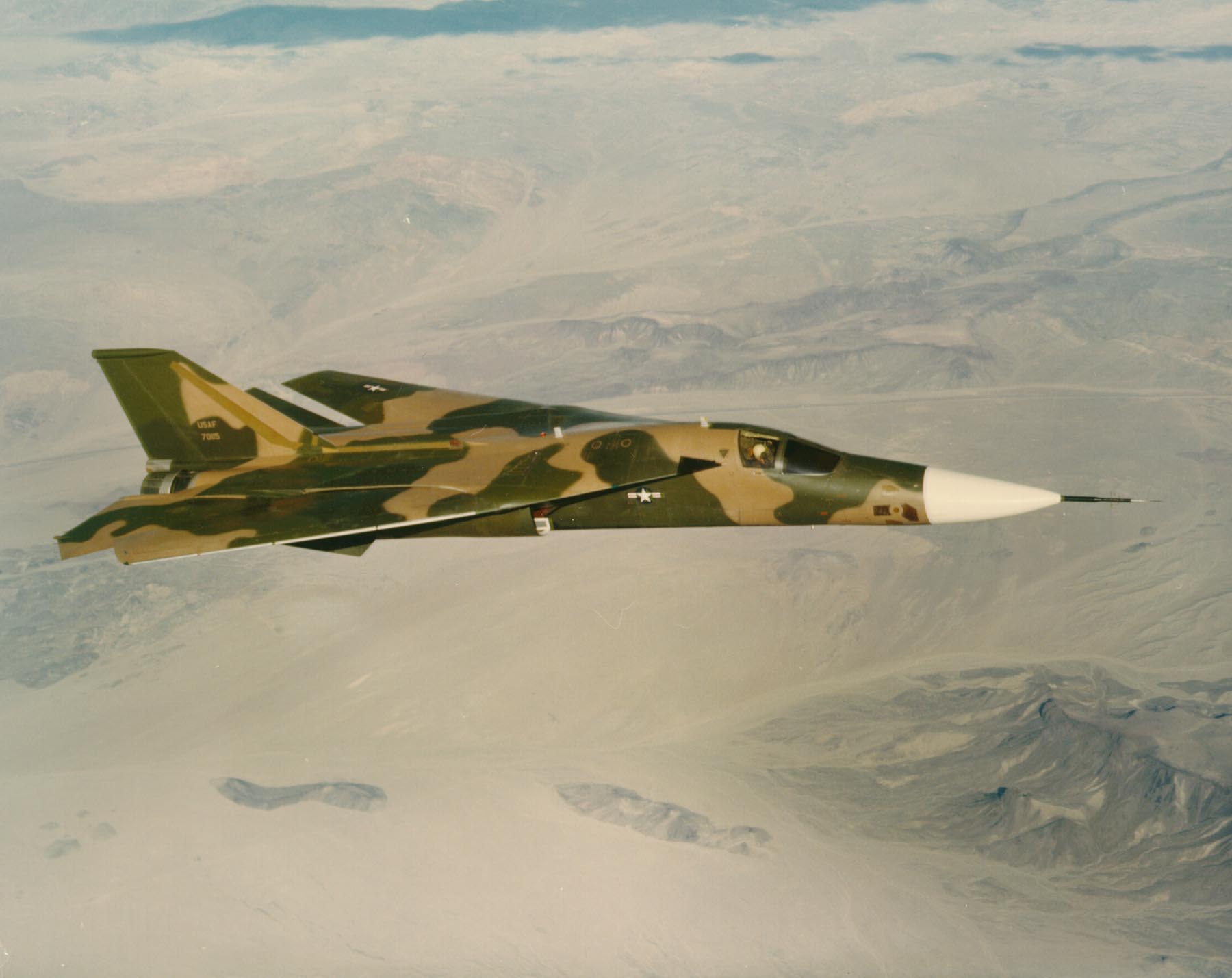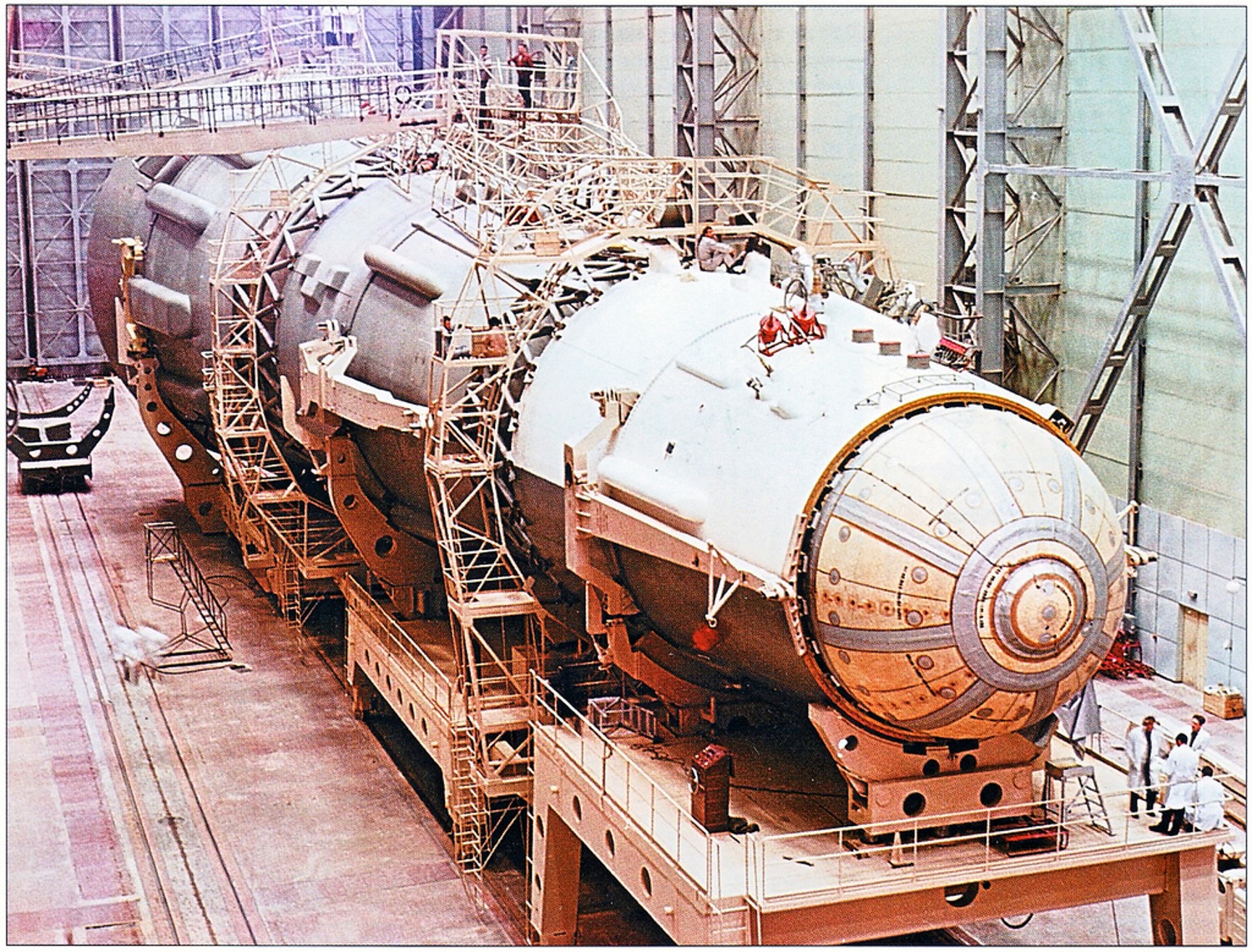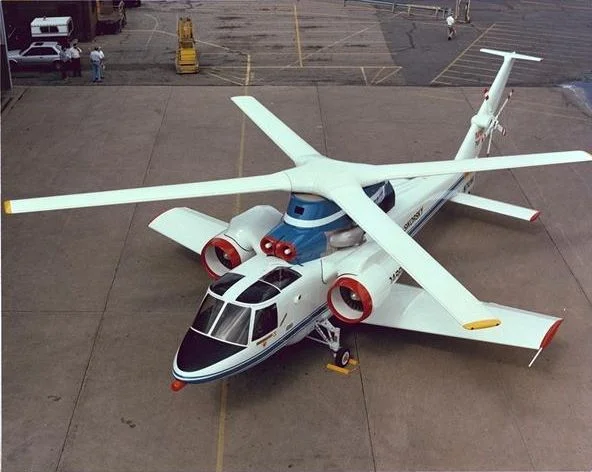Throughout the 60s, Lockheed Skunk Works were building some incredible aircraft – the A-12 Oxcart and SR-71 were and still are some of the fastest vehicles ever made. These technical achievements were incredible. Before home computing and the internet, there were aircraft capable of more than 2,000 mph.
But, being on the bleeding edge of technology comes with risks. Either through lack of understanding or difficulty in manufacturing parts to tight enough tolerances, accidents can and will happen. This was to be the unfortunate fate of the SR-71 known as “Ichi-Ban”.
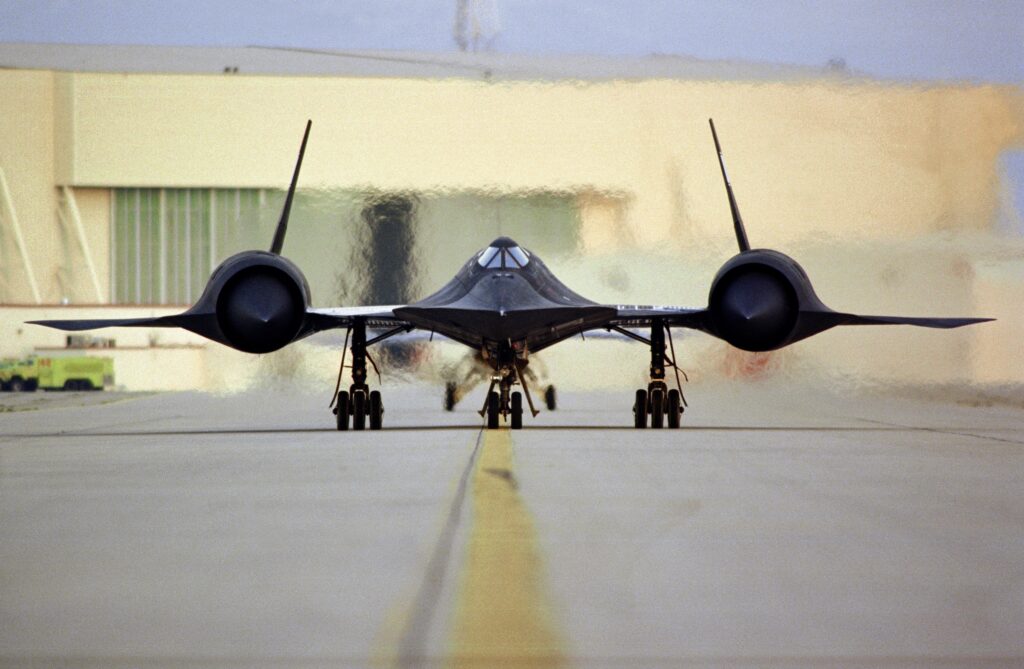
SR-71 #61-17974 was based at Kadena AFB, Okinawa, Japan and made quite the scene for the locals who lived close by.
Read More: Lockheed SR-71 Blackbird – The Plane Designed to Leak
The unusual aircraft drew a lot of attention thanks to the unusual shape and jet black paintwork. The SR-71 became known as the ‘Habu’ locally, thanks to its resemblance to the Habu Pit Viper.
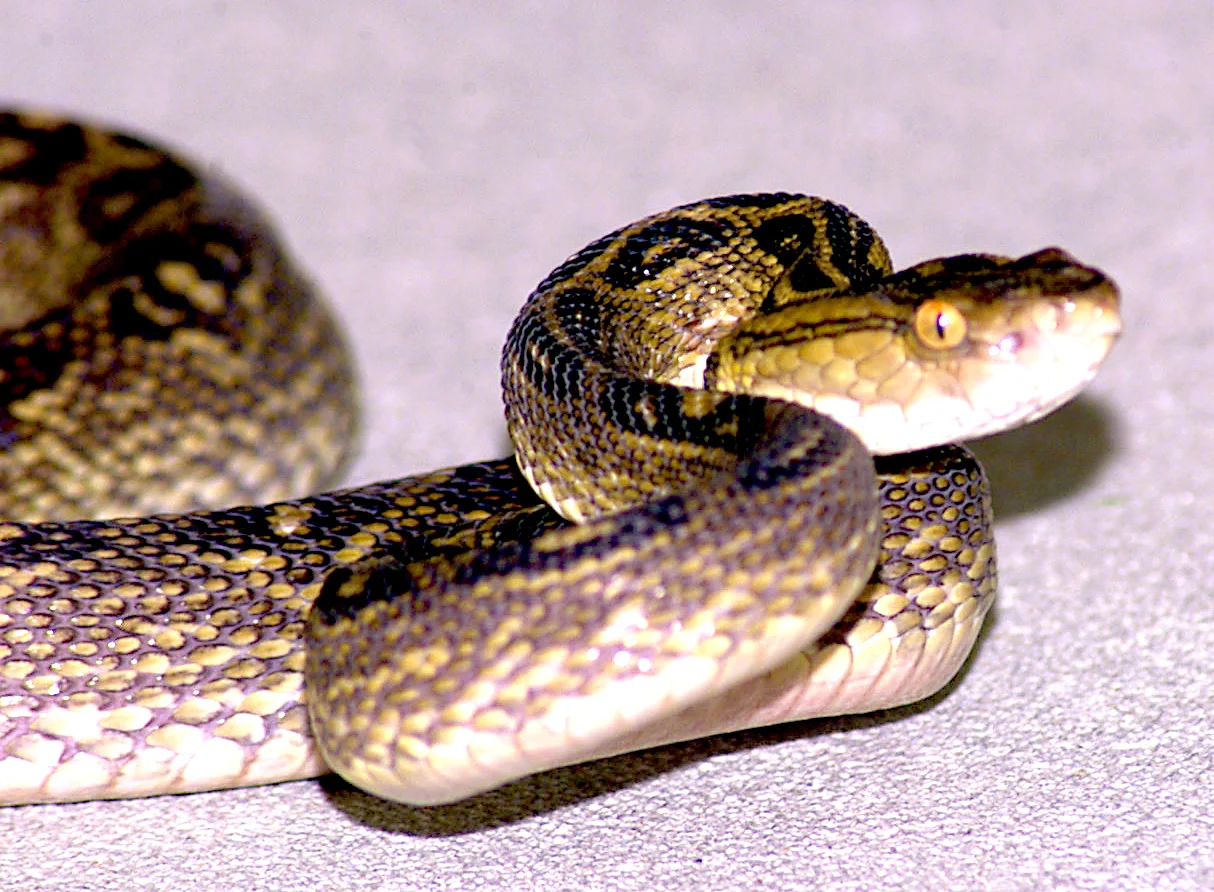
As these aircraft were spyplanes, pilots did not become aces in the traditional sense, but with every mission flown a Habu was painted onto the side of the Blackbird. Once amassing 5 missions complete the crew would be considered an ace.
#61-17974 had the most operational missions complete and a large Habu was painted on the tail of the aircraft as a mark of respect. The snake was wrapped around a red ‘1’ and in the local language, ‘number one’ translated to ‘Ichi-Ban’.
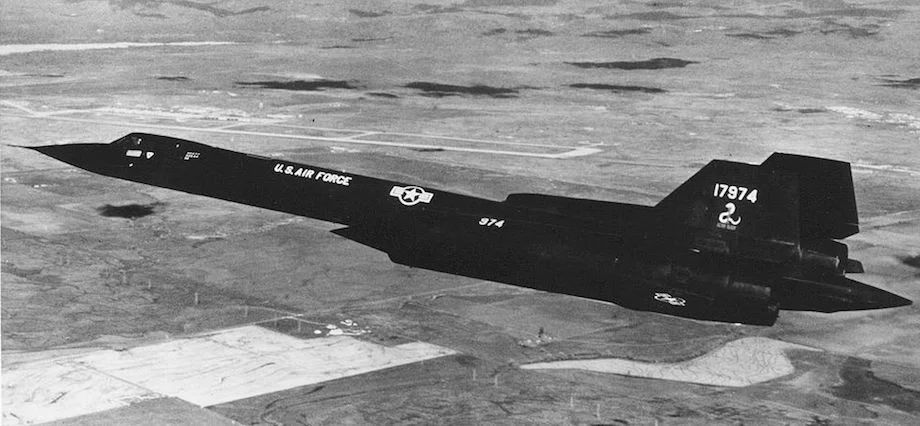
In April of 1989, just like many missions flown before, Pilot Lt. Col Dan House took Ichi-Ban into the skies above Kadena and everything seemed normal.
Nothing was reported by House or by his RSO Blair Bozek that would indicate any issue.
That was until House pushed the throttles on the pair of J-58 engines to maximum power. As Ichi-Ban hit Mach 3.0 the bearing in the left-hand compressor failed and caused the immediate destruction of the engine whilst travelling at over 2,000 mph.
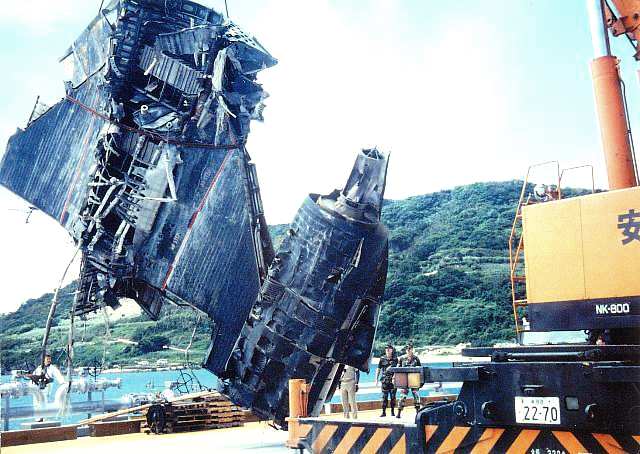
As the J-58 exploded, shrapnel was sent flying damaging the SR-71 and most critically severing hydraulic lines. Even the best and most experienced pilots ever would not be able to save such a badly damaged plane.
House did not give up, incredibly aware that the death of his RSO and himself was imminent, he managed to steer the Blackbird into a shallow descent and decelerate as quickly as possible.
Ejecting from aircraft is not a pleasant experience for anyone involved and doing it at Mach 3 would have been suicide.

However, extreme skill combined with a lot of luck meant that the wounded aircraft found itself below 10,000 at low enough speed for both House and Bozek to safely eject. They landed in the sea where some local fishermen came to their rescue.
Ichi-Ban continued going down and eventually smashed into the waters of the South China Sea.
Despite the age of the SR-71, the US could not let the wreckage be recovered by the Chinese. It was too technically advanced. It was not long before the wreckage had been salvaged and transported back to the Kadena Air Force base.

There were several options of what they could do with the wreckage of Ichi-Ban: scrap the aircraft and sell the metal to the highest bidder in Okinawa, send it back to the US for disposal, or bury it.
Typically the fastest and least expensive option was chosen.
Read More: The F-22 Raptor – The Fighter of the Future
But, the story does not end there – the Pacific Air Force would not permit burial of the aircraft at Kadena because facilities were constantly under construction for new tenants. Meaning that it may be a possibility that it would need to be dug up and moved somewhere else.

Burial at sea seemed the most fitting option but required help from the US Navy. After all of the bureaucracy was settled the SR-71 #61-17974 was transferred to a waiting vessel.
Her remains were taken out to sea on Christmas Eve 1989 and buried with full military honours. Pushed off the side of the vessel, Ichi-Ban sank 25,597 feet into the ocean where she lies at the bottom of the Mariana Trench.
Are there any SR-71 still flying?
Though the SR-71 still holds the record for the highest altitude in horizontal flight, it’s no longer in use. In fact, Clarence “Kelly” Johnson designed this aircraft for Lockheed with the latest technology of the time. The plane’s pilots even required special suits to survive the extreme conditions the planes created. However, the US retired the planes in 1989 for political reasons and would only have brief reinstatement during the 1990s, after which the US permanently retired them.
If you like this article, then please follow us on Facebook and Instagram.


